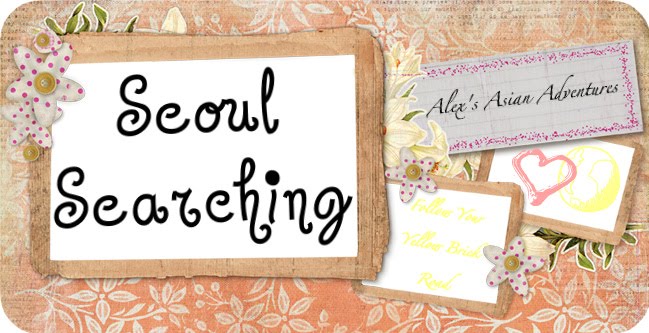Its time for a history lesson. As most people can barely place Cambodia on a map, “Uh its somewhere in Asia …”, I went ahead and assumed that little was known about their history. But, what a rich history it is!
Following the introduction of Theravada Buddhism in the 13th century, the infamous Khmer Empire came to power. Long before the Industrial Revolution, this empire built the world’s largest pre-industrial complex, Angkor , housing today’s largest religious building, Angkor Wat. Angkor meaning “capital” and wat meaning “temple”, Angkor Wat reflects the importance of government and religion in Cambodia
After the fall of the Khmer Empire, Cambodia fell into years of war between border countries, particularly Vietnam
In the years following French protection, Cambodia Vietnam U.S.
In an attempt to defeat the Viet Cong (the North Vietnamese government, which the U.S. fought during the Vietnam War) and the Khmer Rouge and with a series of U.S. bombings along the Cambodian-Vietnam border, the U.S. actually drove thousands of refuges to flee to Phnom Penh
 |
| Pol Pot- I have nothing nice to say about him, so I just won't say anything at all. |
Walking miles for days in the brutality of Cambodia
Now most, if not all, of you have heard and possibly even studied the European Holocaust led by Adolf Hilter. But I’ll bet that nearly none of you know about the Cambodian Genocide- a massacre which led to the deaths of nearly 1/3 of its population.
Pol Pot, often referred to as the Hilter of Cambodia, and his government began by slaughtering all intellectuals- political figures, teachers, doctors, lawyers. All others were forced to work in the fields, dressed in all black uniforms, and fed only 1 cup of rice and a bowl of fish soup a day. While most died from starvation, intellectuals were brutally murdered with blows from metal rods and gun butts, not sparing a single bullet- a valuable item for defeating the Vietnamese forces.
 |
| Khmer Rouge soliders leading a man to his death. Don't be fooled and think he'll use that gun. |
All valuables were destroyed and religion was abolished. Brains were washed and children were turned into soldiers. Pol Pot wanted to return Cambodia Cambodia
Throughout the next 16 years the Khmer Rouge fought to de-evolve its country. However, in 1991, the UN set up United Nations Transitional Authority in Cambodia (UNTAC) and mandated a ceasefire. Unfortunately for many, this was a little too late.
Scholars have estimated that about 2 million Cambodians, of a population of about 7 million, were killed. Most died of starvation or were murder due to their rank in society or ethnic background. The Khmer Rouge genocide halted a society that was in the stages of flourishing. Today Cambodia
If interested, I would highly recommend reading Loung Ung's First They Killed My Father. As a follow-up her second book Lucky Child is also amazing. But first make sure you have a box of tissues, as you'll inescapably feel connected through her writing, wishing you could stop the inevitable.
Also, in 1984, Dith Pran decided to publicize his story in the film, The Killing Fields.



No comments:
Post a Comment